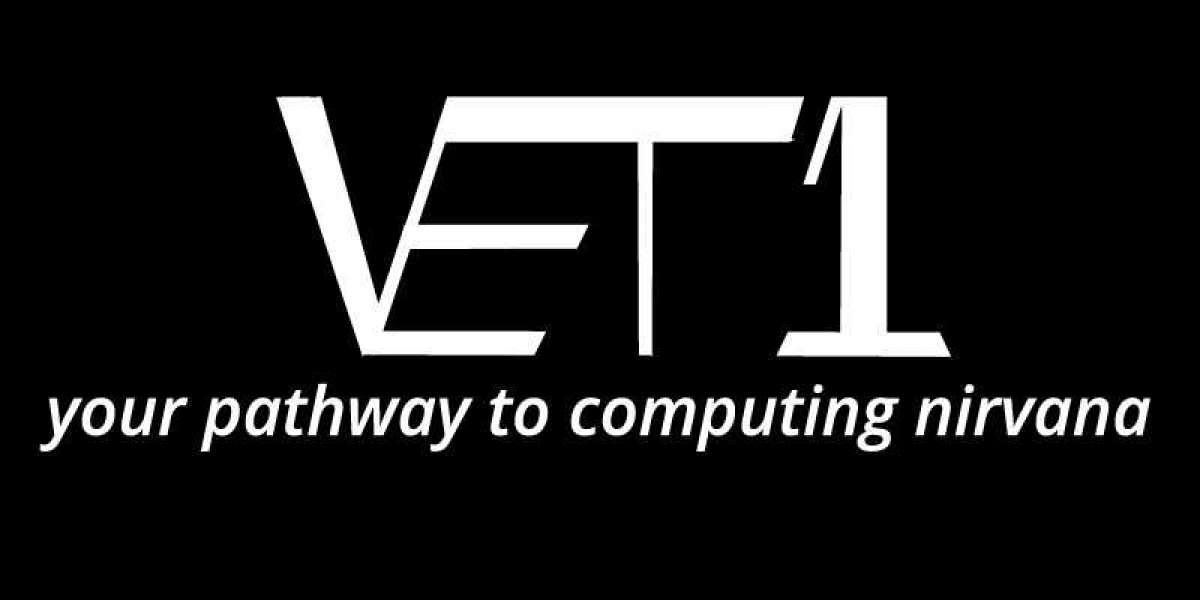In today's fast-paced world, automation is key to streamlining business operations, reducing manual effort, and improving overall efficiency. One such powerful tool that’s transforming the way businesses manage their devices and IT infrastructure is Microsoft Autopilot. Autopilot simplifies the process of setting up, configuring, and managing devices remotely, making it a valuable asset for organizations seeking to enhance their IT capabilities. In this blog, we’ll explore what Autopilot implementation involves, its benefits, and how it can revolutionize device management for your business.
What is Autopilot?
Windows Autopilot is a cloud-based deployment technology provided by Microsoft that allows businesses to configure and set up new devices without the need for extensive manual effort. The idea behind Autopilot is to reduce the time and resources spent on preparing a device for end-users, making the onboarding process smoother and more efficient.
With Autopilot implementation, businesses can provision new devices with all the necessary apps, settings, and security features remotely, allowing employees to start using them straight out of the box. Autopilot works in conjunction with Microsoft Intune, a cloud-based management solution, to enable seamless deployment and management of devices.
The Key Benefits of Autopilot Implementation
1. Simplified Device Deployment
One of the primary benefits of Autopilot implementation is the simplification of device deployment. Traditionally, IT teams had to manually configure each device, install required software, and ensure proper security settings before handing them over to users. This process was time-consuming, especially for businesses managing a large number of devices.
With Autopilot, devices can be pre-configured and delivered directly to employees. As soon as the device connects to the internet, it automatically downloads the necessary configurations, apps, and security policies, making the deployment process far quicker and hassle-free.
2. Reduced IT Workload
Another significant advantage of Autopilot is the reduction in workload for IT teams. By automating device configuration, IT staff can focus on more strategic tasks rather than being bogged down by routine, repetitive setup processes. This shift in focus leads to increased productivity for the IT department and allows for a more agile and efficient approach to device management.
Autopilot’s zero-touch deployment means that IT teams can manage devices remotely without the need for physical interaction. This is especially useful in a world where remote work is becoming the norm, and businesses need a flexible approach to device management.
3. Enhanced User Experience
For employees, the process of receiving and setting up a new device can often be frustrating and time-consuming. With Autopilot, this experience is transformed. Employees receive devices that are pre-configured with all the tools they need, meaning they can start working as soon as they log in.
Autopilot not only improves the initial setup process but also ensures that the device is continually updated and secured with the latest policies and software. This creates a seamless user experience, improving satisfaction and reducing downtime.
4. Seamless Integration with Microsoft Ecosystem
Autopilot is designed to integrate seamlessly with Microsoft’s suite of tools, including Azure Active Directory and Intune. This tight integration allows businesses to manage devices, users, and applications within a single platform. Through Intune, IT teams can push software updates, monitor device compliance, and apply security policies, all from a centralized dashboard.
This integration ensures that businesses have full control over their device ecosystem, leading to better security, compliance, and management capabilities.
5. Cost Efficiency
With Autopilot, businesses can cut down on costs associated with manual device setup and deployment. By automating these processes, businesses reduce the need for extensive IT resources, allowing them to allocate their budget towards more value-driven initiatives. Additionally, Autopilot minimizes downtime for employees, leading to increased productivity and cost savings in the long run.
Steps for Successful Autopilot implementation
Device Registration: The first step in Autopilot implementation is to register the devices you plan to deploy. Devices can be registered in the Autopilot service via the hardware ID, which is typically done through the vendor or reseller.
Profile Configuration: Once devices are registered, IT teams can create custom profiles that dictate how each device should be configured. These profiles include settings related to applications, user permissions, security policies, and more.
Policy Deployment: After configuring the profiles, the necessary security and compliance policies can be deployed to ensure that devices adhere to company standards.
User Self-Deployment: Once the device is delivered, the user can simply log in with their work credentials, and Autopilot will take care of the rest. All necessary configurations, apps, and updates will be automatically downloaded.
Ongoing Management: After deployment, businesses can use Intune to manage devices, ensure compliance, and push necessary updates or changes remotely.
Conclusion
Autopilot implementation provides businesses with a more efficient, cost-effective, and user-friendly way to manage devices. By automating the setup and deployment process, organizations can save time, reduce IT workload, and improve the overall experience for their employees. As more businesses adopt remote work models, leveraging solutions like Autopilot will be essential for maintaining flexibility and security in device management.
At IT Partner, we specialize in providing expert guidance and support for Autopilot implementation. Let us help you transform your device management strategy and unlock the full potential of automation for your business.
"The secret of change is to focus all your energy not on fighting the old, but on building the new." — Socrates








